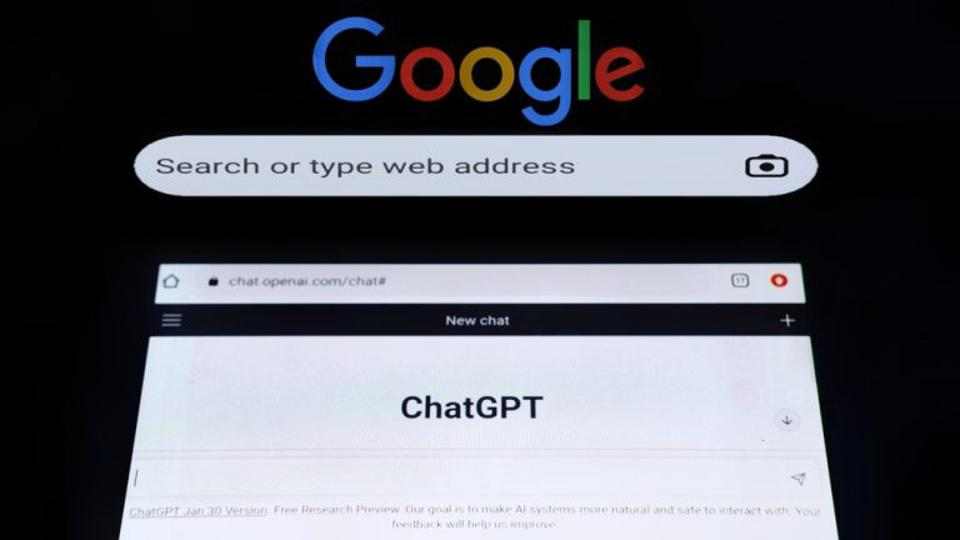ChatGPT is the latest in a wave of AI-powered conversational chatbots. Developed by San Francisco start-up OpenAI, it wowed millions of users two months ago and has since been downloaded 100 million times.
ChatGPT is powered by the company’s GPT-3 language processing AI model. It is capable of taking a wide range of worded prompts and quickly responding.
What is ChatGPT?
ChatGPT is a text-based AI chatbot that can respond in human-like language to your commands or questions. It’s powered by OpenAI’s GPT-3 large language model, which is programmed to understand human language and generate responses based on huge data sets.
The service has skyrocketed in popularity, surpassing social media platforms like TikTok and Instagram in a matter of weeks. People are using it to write essays, brainstorm ideas, generate programming scripts and write curriculums for school, among other tasks.
But it’s also been causing some controversy. Many teachers are concerned that students will use it to cheat, and professional writers across a range of industries are worried it could take their jobs.
Stack Overflow, for example, banned answers from ChatGPT when moderators discovered that the program was responding wildly incorrectly. The AI was trained to give answers that feel right to humans, but those answers could also be misleading.
Why is it so popular?
ChatGPT is a language processing AI model that has become incredibly popular in a matter of weeks. It’s the brainchild of OpenAI, an artificial intelligence research lab co-founded by billionaire business mogul Elon Musk and former Y Combinator President Sam Altman.
Users have used it to brainstorm ideas, write articles and code in a variety of programming languages. It also works well to parse regular expressions (regex), a complex system for spotting particular patterns, such as dates in text or the name of a server in a website address.
But despite its many strengths, it has some limitations. For one thing, schools have banned it on school computers and school WiFi.
This is because it can be hacked to generate phishing emails that try to trick people into sharing their personal information. It can also create inaccurate data, causing problems for companies using it to improve their customer service.
What is Google?s plan to catch ChatGPT?
During a recent all-hands call, Google (GOOG 4.54%) CEO Sundar Pichai revealed the company is devising a plan to catch ChatGPT.
In short, Google is trying to stuff AI into everything that the internet offers. That includes a search engine that can answer questions, YouTube with its burgeoning TikTok video app, and even the search results for your phone.
Its new chatbot, called Bard, is based on experimental technology that Google has been testing inside the company and with a small number of outsiders for several months.
However, it still needs a lot of work. It can’t tell the difference between fact and fiction, for example, or generate text that is biased against women or people of color.
But the ChatGPT model is incredibly popular, and could prove to be a huge threat to Google. The tech giant, which made $104bn in 2020 from online search alone, would be in big trouble if ChatGPT takes hold of a fraction of that market.
Is ChatGPT ethical?
Using Chat GPT raises several ethical concerns, including the ability to generate fake or misleading content that could harm reputations, spread false information or incite violence. Moreover, the model’s output may reveal sensitive personal information and be used to track and profile individuals.
However, the technology can also be used for positive purposes, such as assisting students with language learning and improving customer service. In these cases, it’s important to stay aware of the potential risks and take steps to mitigate them.
For example, if Chat GPT provides nonsensical responses to users’ questions or statements, people could be confused and frustrated. This could lead to a breakdown in communication and loss of trust.
The research behind Chat GPT is impressive, but there are still many issues that need to be addressed before the technology can be used in a consumer setting. This includes developing a better understanding of context and background information, incorporating common sense into the model’s output and developing methods to recognize sarcasm and irony.
